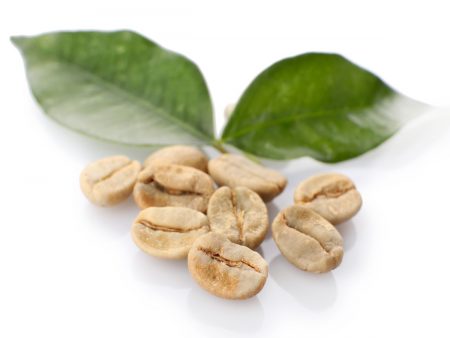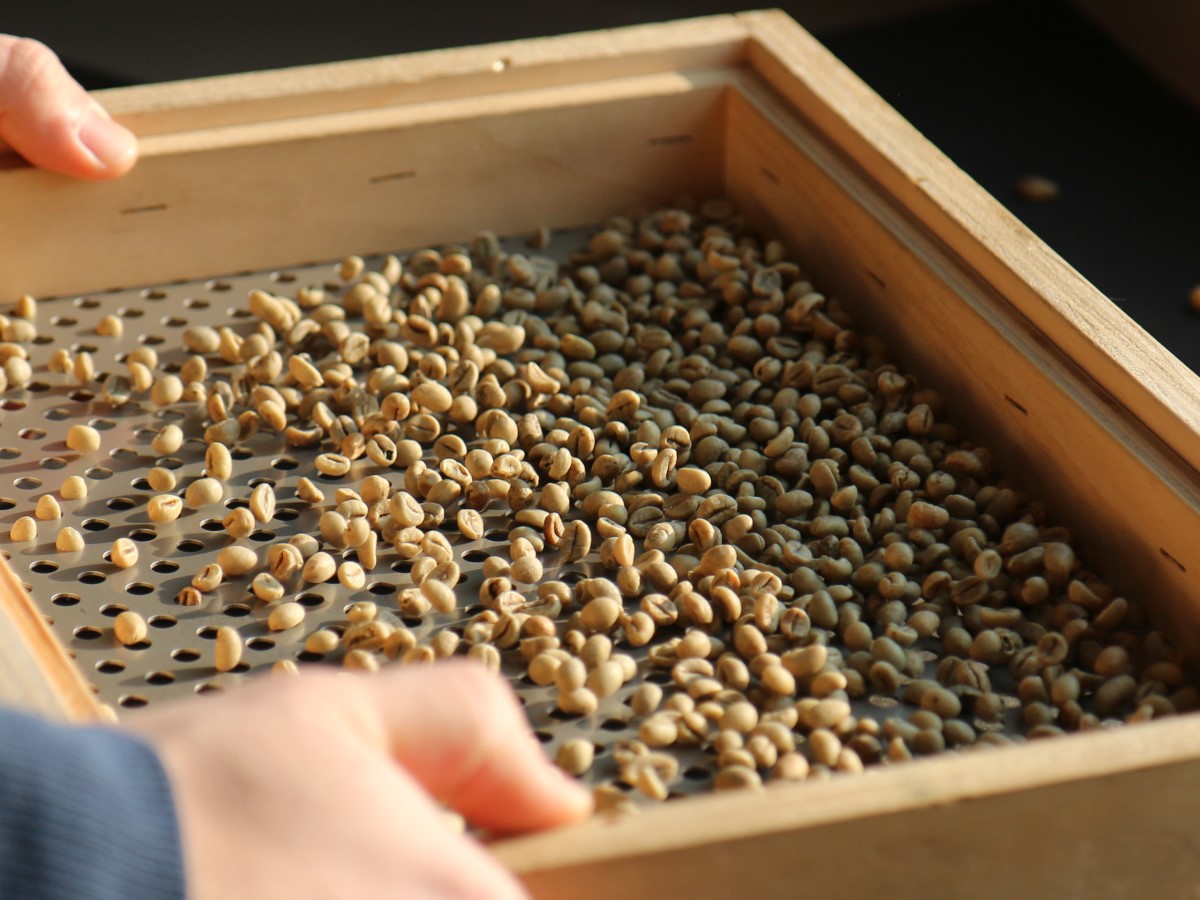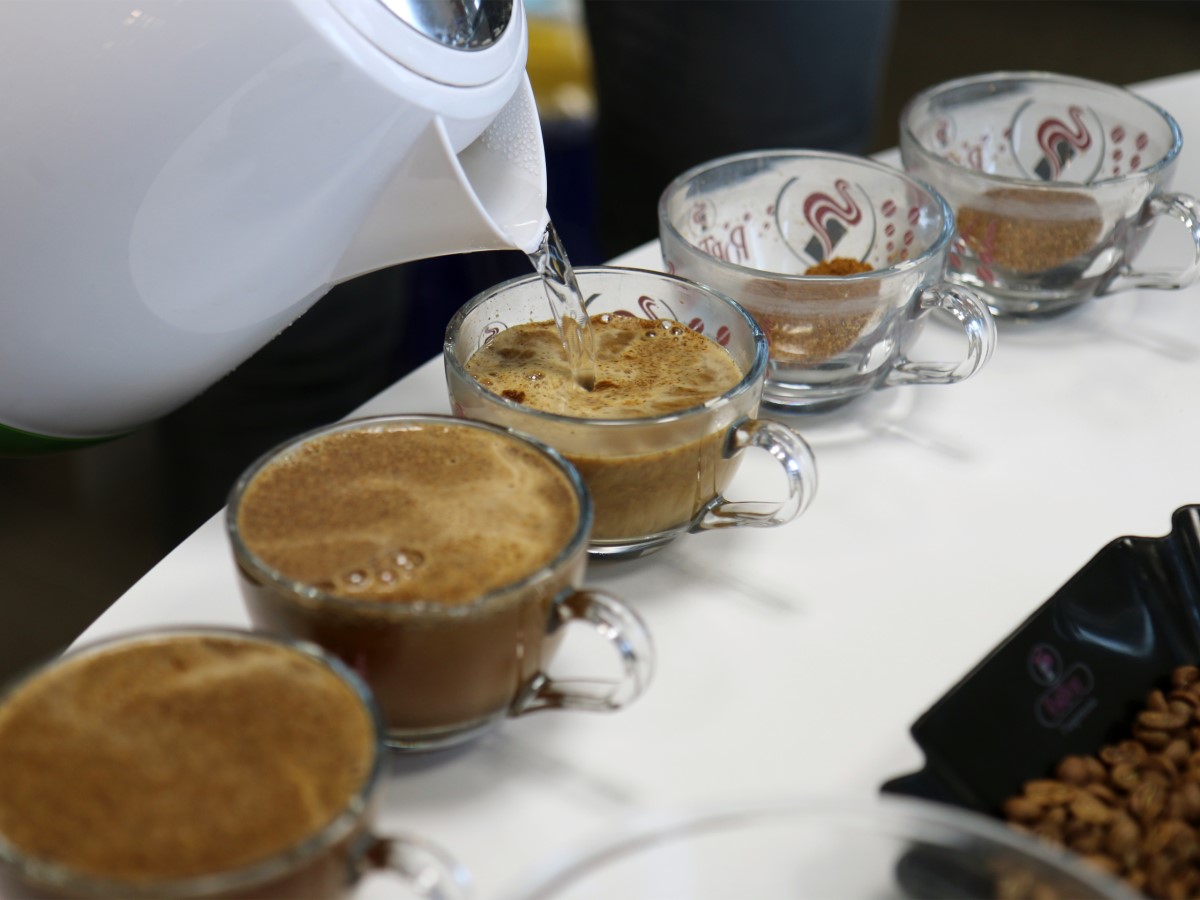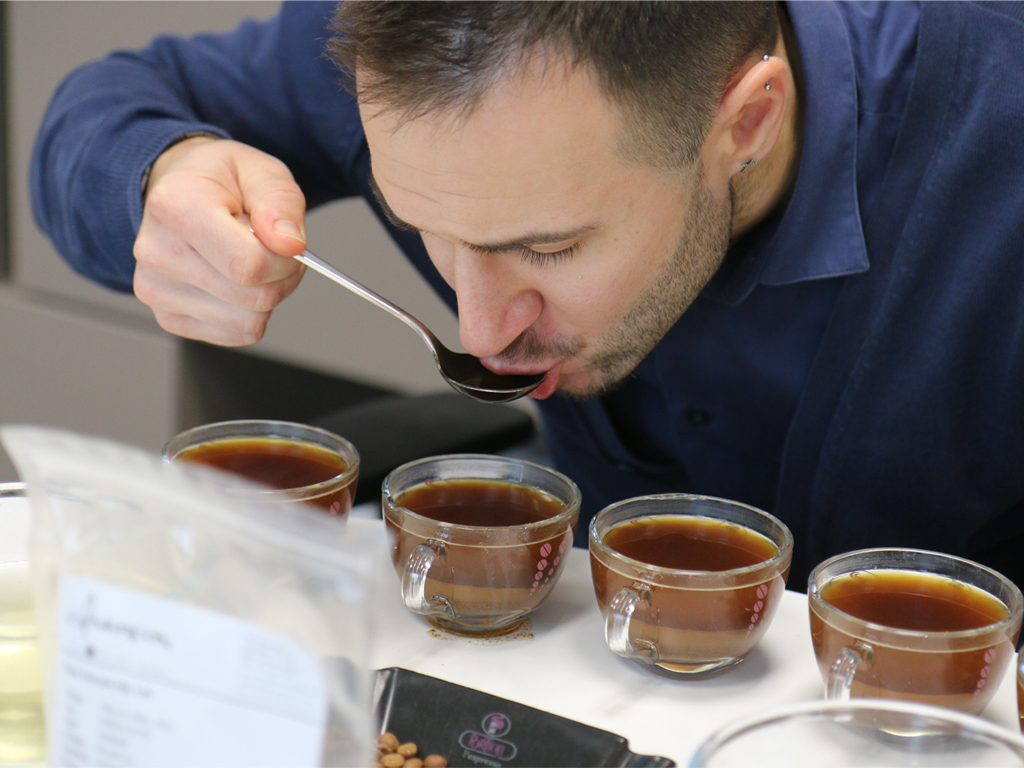Portioli’s coffee lab is responsible for selecting, researching and controlling, with extreme rigor, the best qualities of raw coffee that will compose the ‘symphonic orchestra of flavours: the blend. To always guarantee a high level of raw materials, our quality laboratory carries out specific sensory analyses, established by an international protocol applied to the coffee market. It starts with visual analysis, then moves on to Brazilian-style tasting until the final evaluation of all the characteristics of a given batch of raw coffee.


VISUAL ANALYSIS
First, the size of the raw coffee bean is evaluated with a special sieve made by plates with perforated holes of different sizes. Next, there is the observation and examination of each individual bean, with the aim of looking for and identifying any defects or anomalies with respect to international standards and Portiol’s coffee laboratory quality parameters such as: various impurities, broken, black, spoiled, immature, burned, fermented grains etc.
Typically, a 300g sample representative of a certain batch of raw coffee is analyzed and depending on the percentage of anomalies and defects found, a different grade is determined. The grade that will be given to this visual analysis will then be added to the grade of the subsequent gustatory analysis.
GUSTATORY AND OLFACTORY ANALYSIS
The second stage is Brazilian-style tasting or cupping. This is an internationally used and recognized method for evaluating characteristics, quality and possible defects of raw coffee batches. Brazilian-style cupping involves a slightly lighter roast than espresso and a coarser grind, that is, a coarser-grained powder than that used for mocha. It is important that the grinder be used exclusively for this type of test and that the grinding be done separately for each cup.
The coffee after being roasted and ground is steeped with boiling water. At this point one proceeds with the Olfactory Analysis, moving with the tasting spoon the “crust” of coffee that has formed on the cup, the first “volatile aromas” are evaluated, that is, those fine and delicate scents that in contact with the air quickly dissolve and vanish.
Once the suitable temperature is reached, one proceeds with the actual Tasting of the coffee by “oxygenating,” that is, sucking hard so that the input from the taste buds runs faster to the brain.
Brazilian-style tasting as mentioned at the beginning is a method used to best evaluate a batch of coffee, which is why tasting is usually done over 6 to 7 cups.


ORGANOLEPTIC CHARACTERISTICS EVALUATION
During Brazilian-style tasting, another important stage is the evaluation of all the characteristics of the brew such as sweetness, acidity, fruity nuances, and honeyed, chocolatey, and spicy aromas. In detail, the tasting cycle consists of six stages:
Fragrance
Fragrance characteristics will indicate flavour tendency: a sweetish fragrance will indicate sour flavours, while a sour fragrance will lead us toward pungent flavours.
Aroma
The aroma of the brew is then checked, which can vary from fruity to chocolatey to spicy etc. in fact, each coffee possesses its own range of aromatic characters that set it apart.
Taste
During the actual tasting of coffee, one has the opportunity to discover all the basic and secondary flavours. It is useful to remember that the basic flavours perceived through the tongue are Sweet (Perceived at the tip of the tongue), Bitter (Perceived at the bottom of the tongue), Sour (Perceived at both the tip of the tongue and the lateral posterior parts of the tongue) and Salty (Perceived at the tip of the tongue).
Olfaction
Along with taste, olfaction is also evaluated. The combination of taste (liquid part) and smell (gaseous part), will reveal the characteristic flavour of each origin.
Aftertaste
Aftertaste is the sensation that lingers on the palate after tasting. Some components of flavours left by the aftertaste may remind us of flavours such as chocolate (sweet) or spices (cloves and pepper).
Body
The last step to conclude the tasting is to determine the body of the brew, which comes from the oiliness and viscosity that together determine the body of the coffee.







